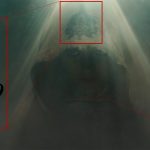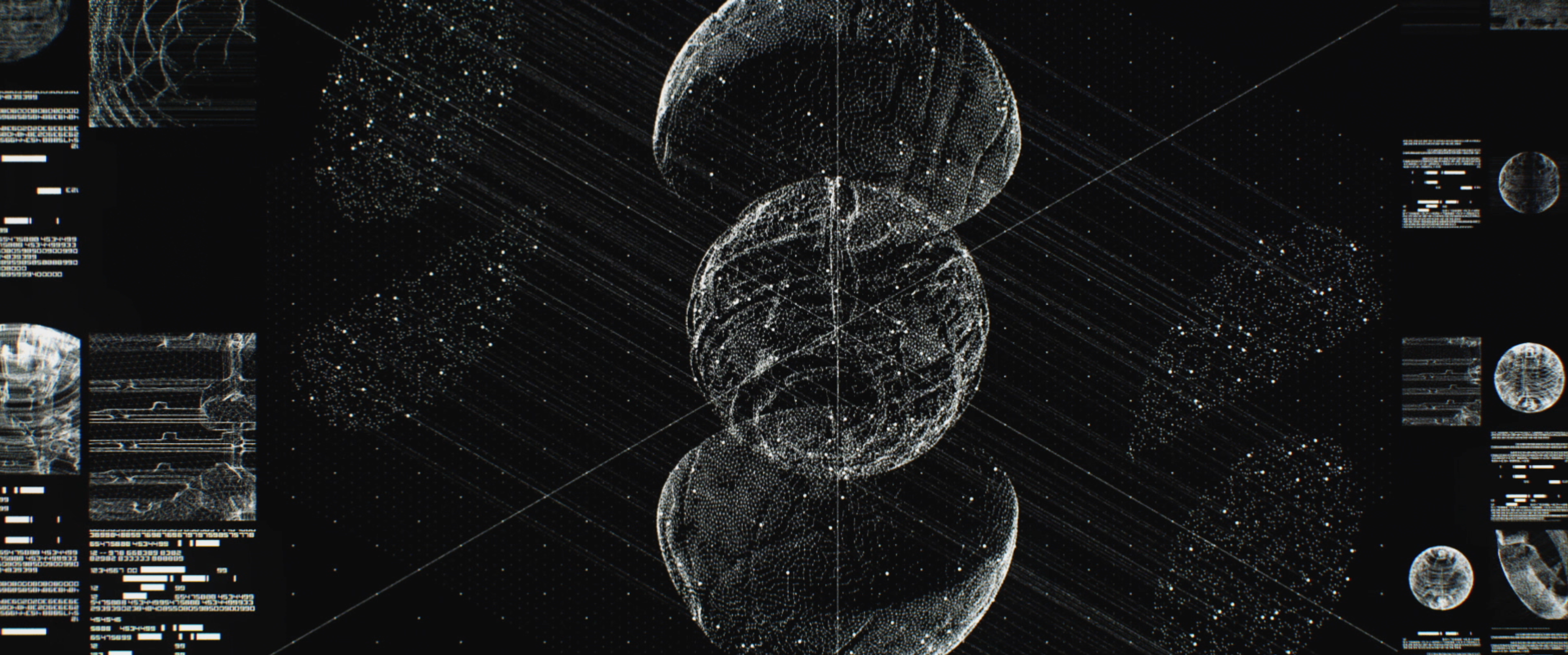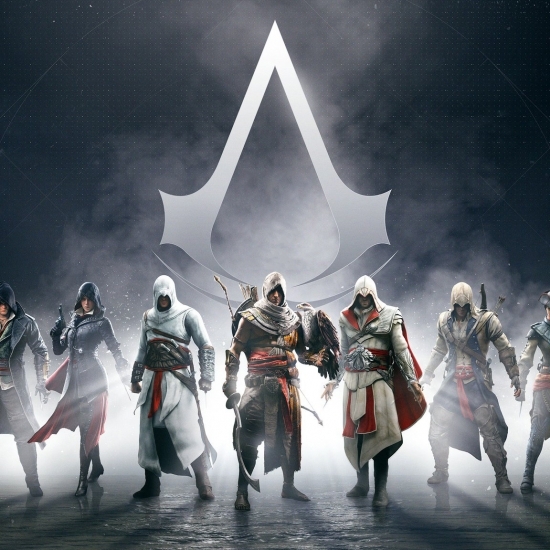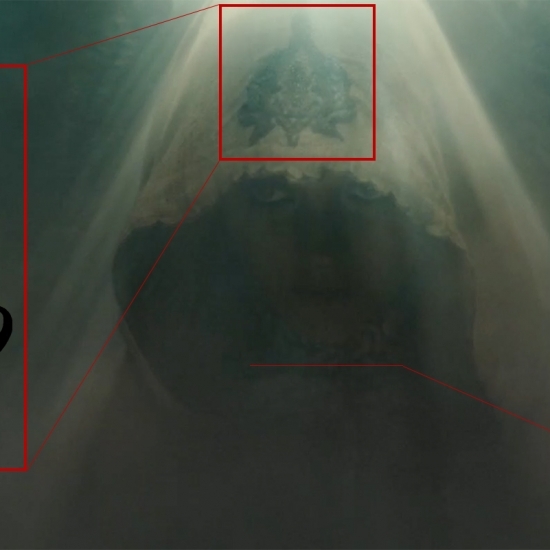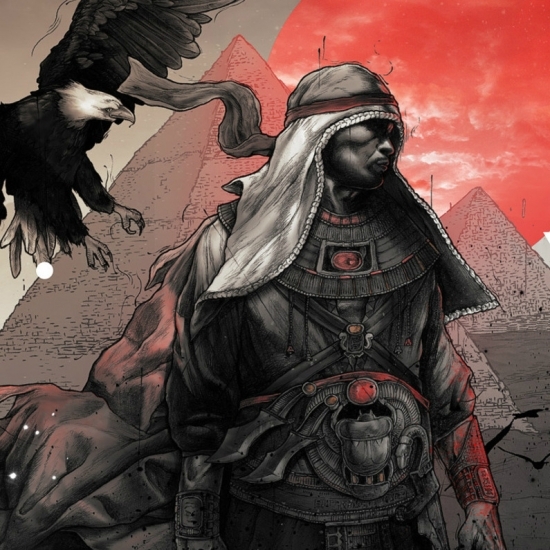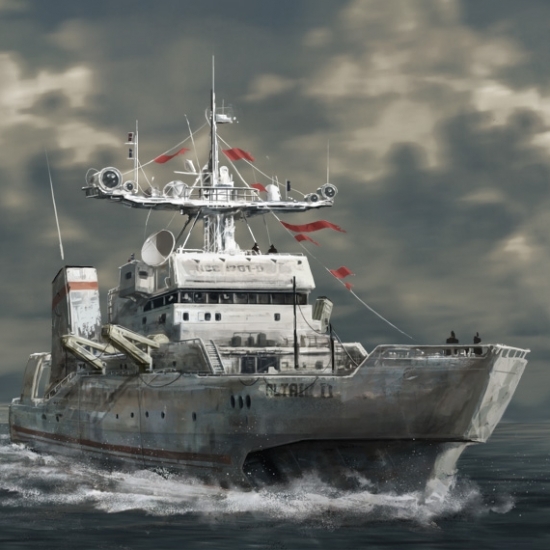INTRODUCTION
After approximately 3 years of anticipation and expectations, the Assassin’s Creed movie has finally premiered. A movie that promised to challenge and overthrow the stigma following video game-based movies. After a attending the Middle East Premier of Assassin’s Creed Movie in Dubai, December 27th, thanks to Ubisoft and Fox, I’m going to explore the movie experience as a whole and in detail. Please be warned that there will be moderate spoilers, mainly in the story section. Spoilers will be locked behind toggle buttons.
THE VISUAL ASPECT
One of the most mesmerizing elements about the Assassin’s Creed Movie experience is the visual aspect. From cinematography, directing, filming, color grading, atmosphere, setting, outfits, character appearances and themes, the movie excels by presenting a work of art that is quite immersive and beautiful to look at. The contrast between the cold feel of the present day segments, often taking shades of blue while the regression segments lean more towards a warmer color palette, similarly to the movie 300, highlights the differences between the two time periods. It creates some sort of yin-yang representation of the whole moral dilemma of the two factions. The lighting in both present day and regression also plays a huge role in setting a distinctive tone for each scene and for the movie as a whole.
The filming and camera work is quite remarkable, especially with aerial shots, as it gives you an eagle sight of the world we’re exploring and it helps in creating a larger than life depth, making the audience feel sucked into the world and feeling how grand and vast the world is.
The action scenes are among the best I’ve ever seen, with so much honesty towards what an Assassin can do in games and more, making this one of the most violent and brutal representation of Assassins and Templars conflict, and the music, both the score and sound effects help bringing all these brilliant moves to life.
Characters are quite remarkable, especially in terms of appearance. Whether it’s the classy and rich looks of Alan Rikkin (Jeremy Irons), Sofia Rikkin (Marion Cotillard) and The Chairwoman (Charlotte Rampling), or the remarkable uniform of Abstergo’s subjects or the detailed and sophisticated outfits of Aguilar (Michael Fassbender), Maria (Ariane Labed) and their fellow Assassins and their Templar villains. Everything related to the looks and designs is top-notch and helps not only paint a beautiful image but teach lot about who the characters are, where they belong and their personality.
Setting and architecture are one of the most pivotal parts of every movie, and here the movie spares no detail and puts everything under the magnifying glass and is constructed with the most important and the most trivial details, which either pay direct homages to in-game environments, equipments and/or references characters and objects that we’re familiar with. Abstergo Industries is a marvel in terms of architecture, interior and exterior design. I’ve always loved that type of architecture which was often shown in The Lost Archive and Desmond’s Journey Black Room sessions in Assassin’s Creed: Revelations or First Civilization sites, in the games. So redesigning Abstergo to be a piece of contemporary/futuristic minimalistic design made the atmosphere not only beautiful to look at but sheds light on what Abstergo is, as a powerful global company, a place that has access to technology ahead of their time, and a place that is no conventional hospital, prison or laboratory.
Equipments such as the Animus and other devices made specifically for the movie added an extra layer of sophistication to the film, and also gave the movie an identity of its own. Weapons and gadgets from characters we’ve met in games give a sense of nostalgia to longtime fans and eagle-eyed Assassin’s Creed veterans who look for every detail, and also play a role in showing how Abstergo left no lineage unchecked and tomb unearthed to find every relic and item related to the Assassins and Templars and all these elements paint a beautiful image that will make you want to pause and examine every scene for interesting details. And as we’ve learned from the games, we almost every detail means something and things are rarely present for no reason.
THE STORY
Like most Assassin’s Creed game, there’s always a race against time to find a certain artifact or coordinates to a certain important location. This movie follows a similar formula, that is quite comparable with the abduction of Desmond Miles by Abstergo Industries in the first Assassin’s Creed game and forcing him to use the Animus to learn and find things of great importance.
Callum Lynch, like Desmond Miles, is from an Assassin lineage and born to two Assassin parents. He lost his mother whom his father Assassinated to prevent Abstergo from using their genetic memories and uncover their secrets. Cal is sentences to death for killing a man at a bar and instead of dying, he woke up at Abstergo, as Dr. Sofia Rikkin, daughter of Alan Rikkin, the CEO of Abstergo, telling him that the world neither knows nor cares about his whereabouts because he’s been considered dead and instead brought to Abstergo so she could “help him”. She later reveals that she aims to use his genetic memories to combat human aggression by finding the source of it and trying to heal people from it. A motive similar to that of Dr. Warren Vidic in the first Assassin’s Creed, where he remarks to Desmond about how war and aggression is a huge problem and how he aims to eliminate that. Alan Rikkin observes his daughter’s experiments. He admires her intelligence and resilience and he supports her work. However, he has sinister ulterior motives. He aims to use his daughter’s work to find The Artifact. An ancient technology from a civilization long gone, with the ability to alter the subject’s mind with illusions and controlling their physical and mental activities. We’ve known it since the first game as The Apple of Eden. Alan Rikkin is a high-ranking member of the Inner Sanctum of the Templar Order, and he promises The Chairwoman, the highest ranking member of the Templar Order to find The Apple and put an end to aggression, uprisings against their order and specifically bring an end to the Assassins Creed, something which she thinks to be pointless. The Chairwoman aims to vote to shutdown Abstergo, claiming that giving Alan Rikkin 3 billion dollars, annually is pointless, especially that people are no longer after freedom today, in her opinion, and are more susceptible and ready to give up their freedoms for a comfortable living, and that resistance and uprisings are no longer a threat. Rikkin disagrees and promises to bring her results before the voting to shut down Abstergo is held in London in a matter of days. Therefore, he begins to push his daughter and Cal hard to find what he’s looking for, in time. Something Sofia does not approve of, as she wants to help Cal, gradually and lets him trust her and join her with his own free will.
That’s where the story takes off as Cal visits his ancestor’s life from 500 years prior to the movie events, the life of the Assassin Aguilar De Nerha. A strong and determined man, who just joined the Creed and swore to fulfill his tasks and stand by the Creed and adhere to the their tenants, and sets off on a mission with his companion and love interest, Maria.
Two stories intertwine, portraying the similarities and differences between the lives of the two men, Aguilar and Cal, along with their companions and foes. While Aguilar is a strong, faithful and determined Assassin who swore his life to the Creed and fulfills every task he’s given, regardless of the cost, Cal struggles to understand what the Creed and the Order are all about. And rejects his fellow subjects at Abstergo along with the promises of Alan Rikkin and his daughter. The movie represents the moral dilemma quite perfectly.
EXECUTION AND PACING
The representation of morality in the regression segments with Aguilar is more of a black vs. white kind of contrast between the Assassins and Templars, while the present day segments with Cal and Abstergo, the movie becomes more morally gray, as we struggle with Cal who’s yet to know where his allegiances lie. That’s something the movie perfectly executed and presented to the audience. The games in general have always tried to balance the black and white and the gray morality, as some games head to clear hero vs. villain conflict while others made us think about the motives and the goals of each side, with no clear right or wrong.
On the other hand, the representation of side characters along with the overall regression feels off when it comes to pacing and exploration. A large and interesting world is built in the regression segment but is only explored for a short time that sort of feel more like a sneak-peak rather than a full story, and the numerous side-characters such as the fellow Assassins and Templars shown both in modern day and regression, especially the subjects at Abstergo, and even some of the main ones like Aguilar and Maria do not have much of a backstory that makes us feel like we know much about them to feel anything for them or to somehow understand them.
The movie represents everything perfectly and I, while I’m mainly a fan of the present day segments in the games a lot more than the historical ones and interested mainly in the sci-fi aspect of the games, I couldn’t help but wish that the movie had at least an extra 20-30 minutes to shed more light on the regression and the characters there, with at least some sort of backstory, a fixed goal, a sense of achievement or closure in the end, as well as more time to know more about the subjects of Abstergo whom we only know to be Assassins but nothing more than that other than few hints and easter eggs, here and there that we’ve known from interviews much earlier than the movie premier.
The lack of exploration to backstories has made the movie pacing feel a bit off, because everything took off from the very first few minutes, so everything started to escalate quickly, Aguilar’s life, his relationship with Maria, the mentor, their allies and foes, the inquisition and the early appearance of the Bleeding Effect symptoms.
While I understand that Assassin’s Creed as a game series, is a very long and detailed one and it’s hard to squeeze into 2 hours, we have to remember that the games contain many filler sequences and random errands that a movie can do without, and that we could easily cut out many parts and focus on the main story, which is the quest for a certain artifact, person or place and switch back and forth between present day and history, without sacrificing one segment for the other or leaving much for the audience’s speculations. That’s why I wished that the movie needed more runtime to do justice to all the brilliant characters it presented and the world it immersed us in.
It also surprises me that all official merchandise focused on the design that Aguilar holds, and it’s merely a sheath containing the actual Apple inside of it.
An image taken from the Animus Motion Graphics Reel (shown in the Assassin’s Creed Movie on the displays at the Animus room) by Art Director, Ash Thorp, portraying how the Apple is enclosed within the rusted and rough sheath, as seen during the Regression segments in Aguilar’s hands.
FINAL WORD
In conclusion, the movie excels in the visual aspect and storytelling. It presents a style with a deep look into the lore and the present day, a style that we’ve long craved for the later games to adopt and return back to. The movie also does a brilliant job with the details which work as really nice easter eggs to fans whom are used to exploring every frame and pixel of the games, and also as beautiful and rich design elements for newcomers.
Since the movie is part of a planned trilogy, I hope that the creators learn from the issues with the pacing, execution and runtime and make use of the amazing visual style and great detail which this movie excelled at.
Like the games, the movie ends with a strong climax and a cliffhanger, leaving a lot to speculate and expect and so much room for theories and expectations. Something which makes me crave multiple sequels that exceed our expectations with storytelling and twists, like the early games always had.
The movie does challenge the stigma about video game-based movies. It works really hard to bring everything we’ve come to love about the franchise with great honesty and respect to source material, while maintaining its own identity. I left the screening room in shock and awe, and of course with a considerable amount of notes about its issues, which I mentioned above. But I was extremely happy with the overall experience. An experience of a flawed masterpiece. Forgivable flaws which could be enhanced with the coming movies.
 RINO THE BOUNCERPharmacist. Visual Artist. Ubisoft Star Player, Assassin's Creed Brand Ambassador, Founder and Community Leader of The Codex. Tomb Raider Localization Ambassador and Official Fansite Founder.NEWS FEEDTestimonial"Just stumbled across this site after looking at some topics on the Ubisoft Forums, this is great! Exactly the thing I was looking for.""Your site lays everything down in an interesting and easy to read format, even I learn new things whilst reading your articles!""This needs more than just 5 stars!""There is only one word AMAZING!!!!!!! GREAT WORK.""Very in depth and very well thought out! Keep up the good work!"One of the best (if not the best one) AC community pages out there. Keep up the good work!
RINO THE BOUNCERPharmacist. Visual Artist. Ubisoft Star Player, Assassin's Creed Brand Ambassador, Founder and Community Leader of The Codex. Tomb Raider Localization Ambassador and Official Fansite Founder.NEWS FEEDTestimonial"Just stumbled across this site after looking at some topics on the Ubisoft Forums, this is great! Exactly the thing I was looking for.""Your site lays everything down in an interesting and easy to read format, even I learn new things whilst reading your articles!""This needs more than just 5 stars!""There is only one word AMAZING!!!!!!! GREAT WORK.""Very in depth and very well thought out! Keep up the good work!"One of the best (if not the best one) AC community pages out there. Keep up the good work!

